Now more than ever businesses across the nation are working to adapt. From an economic recession and decreased consumer confidence to rising infection rates and new safety measures, there’s plenty of things to adapt to.
However, research shows that many companies are up for the challenge. Take a look at these optimistic statistics from a recent PwC survey:
- 63% of companies are changing their offerings, whether new or repurposed, in the wake of the pandemic.
- 72% of business leaders say the changes being made will make them more resilient and agile in the long run.
- 53% of companies believe new ways of serving customers will promote revenue growth long-term.
At the same time, business leaders are working to create a safer environment for employees and customers. Research shows 81% of companies are changing workplace safety measures and requirements.
To help businesses re-open with safety in mind, here are seven things to consider:
1. Roll out the ‘We’re Open’ banner
For starters, everyone needs to know that you’re open. Consider adding an outdoor banner above the front door or window banners to welcome employees and customers back.
You can order your own re-opening signage right from our storefront. Use ready-made templates to place an order quickly and have it delivered right to your company.
With outdoor signage in place, you can move your focus to indoor safety measures.
2. Create a safer entryway
Most offices have their entire staff start and end at the same time, which can cause crowds at the door. Consider creating staggered start and end times so fewer employees come through the doors at once.
In the entryway, consider adding the following safety measures.
- Set up a sanitation station
The sanitation station can be as simple as a bottle of hand sanitizer on a table or a more elaborate set up with branded signage and shelves to hold sanitizer, gloves, and disposable masks.
- Add signage to the entryway
As soon as an employee or customer arrives, he or she should be met with instructional signage. A sandwich board outside could remind everyone that masks are mandatory upon entry and a window cling can showcase the company’s updated hours or visitor policy.
3. Create a new traffic flow
To avoid close contact, many companies are creating one-way traffic flows. Grocery stores, for example, have one-way aisles. Your company can do something similar, depending on the building’s layout.
To help direct traffic, floor graphics (like the ones below) are ideal.
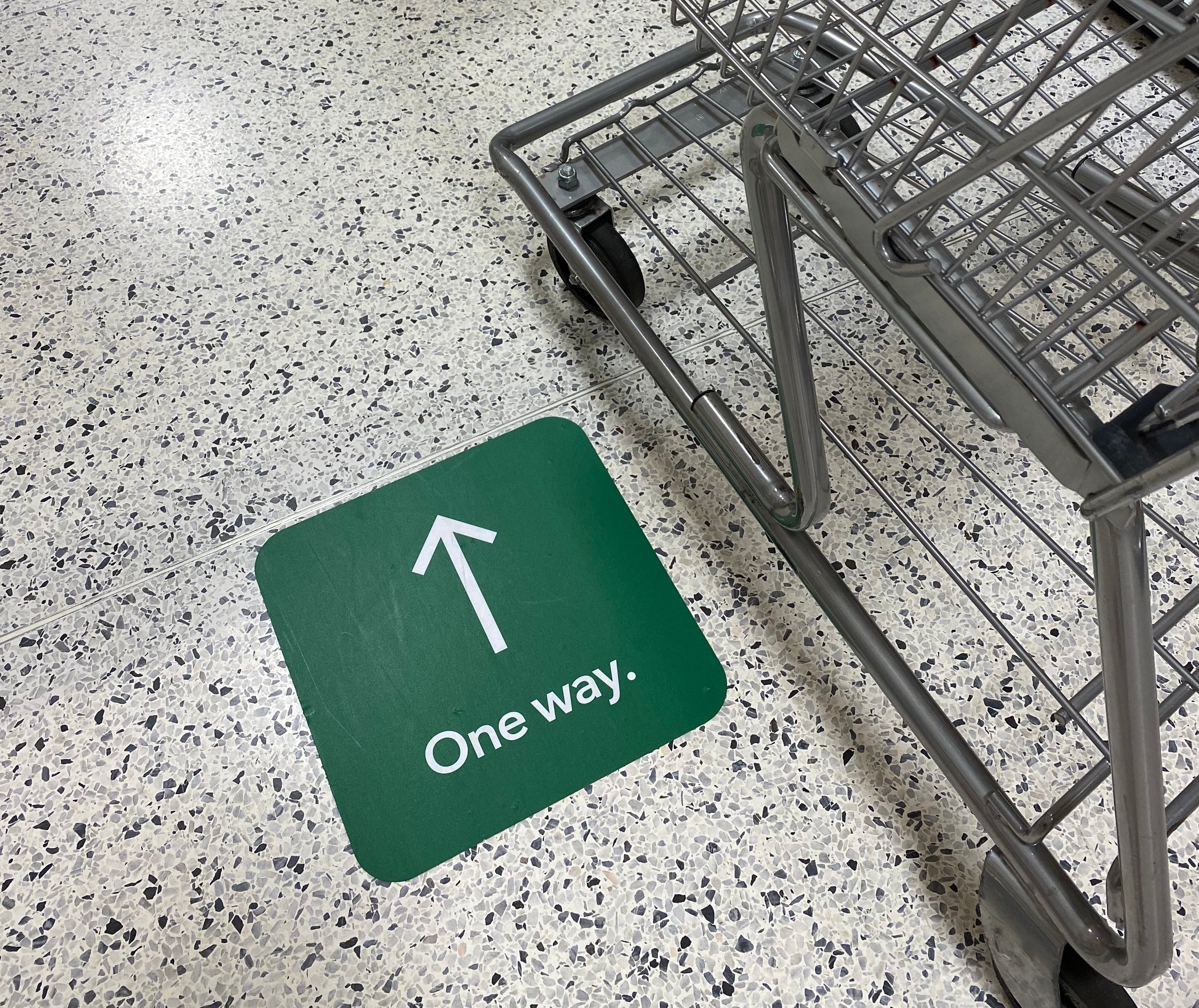
4. Handle lines in a new way
When customers stand in line, they need to keep their distance from each other. Floor graphics can work well here too.
Grocery stores are using them at the checkout and restaurants and doctor’s offices are using them in their waiting areas.
Consider adding floor graphics to any area where lines traditionally form.
5. Modify the break room
The break room is meant to be a gathering place, but now things need to look a little different. Many companies are adding signage to the break room to remind people about safe practices.
Consider adding adhesive stickers to tabletops to show people where they can and can’t sit and add signs on the door to remind people to wash their hands and practice social distancing.
6. Add protective barriers
There are some situations where people have to be close together, like when a customer is paying for something at a register or when employees must sit next to each other in a factory assembly line. For these situations, consider adding protective barriers.
Many companies have added plexiglass barriers in between work stations or at checkouts to provide an extra layer of protection.
In many cases, these barriers were set up quickly. However, companies now realize that these barriers are likely here to stay—at least for a while.
As a result, companies are now looking into branded barriers. The barrier hanging at the grocery store, for example, could have the company logo on it to better blend in with its surroundings.
7. Offer employees branded face masks or shields
Masks have become a necessary accessory. Rather than have employees wear a mask sewn by their mother, consider giving employees a few branded masks to wear at work.
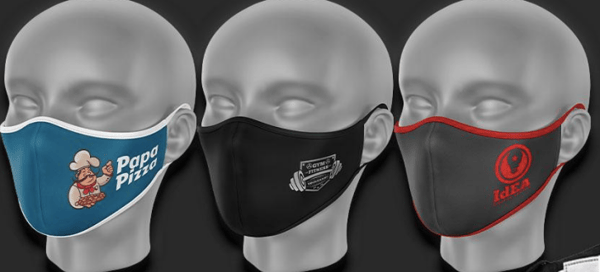
For those in the healthcare field, face shields are a critical part of PPE (personal protective equipment). Since materials to create face shields are in short supply, businesses may need to look for supplies in unusual places—like a commercial printer.
For the first time ever, our sustainable print facility created face shields this year and we donated them to our local healthcare workers at Boston Medical Center.
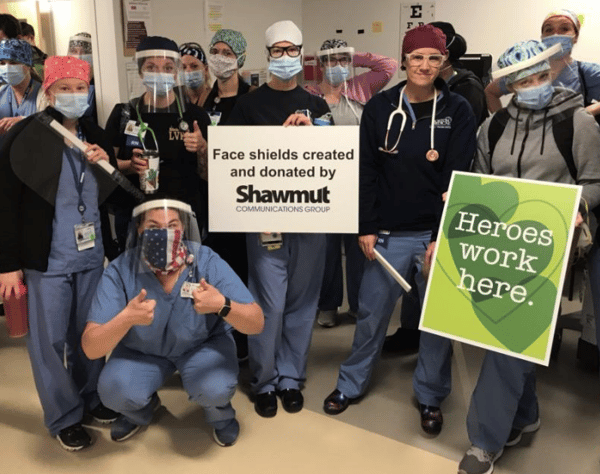
Companies might consider adding a branded face mask or shield to an employee engagement kit. In the midst of the pandemic, any effort to boost morale is welcomed. These kits are meant to do just that. You can fill them with masks, a branded coffee cup, and a new company t-shirt, for example.
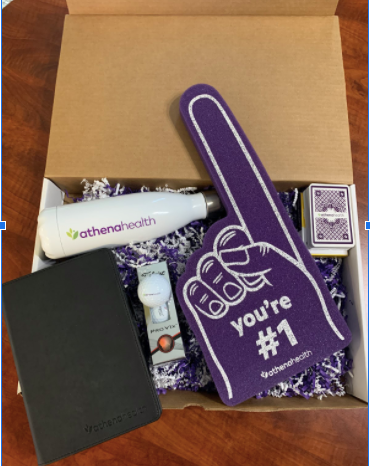
The business landscape has undoubtedly changed. While working to recover lost revenue streams is important, so is the safety of customers and employees. By working with a commercial printer to get signs, protective barriers, masks and face shields, you can implement these safety measures efficiently.






